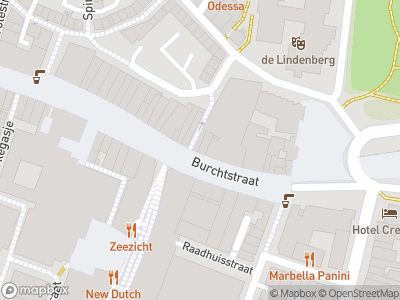Around the turn of the 15th century, Nijmegen was a prosperous city. The most famous inhabitants of the time were van Lymborch Brothers, who became the founding fathers of Dutch art. Whilst they remained anonymous as artists for a long time, their illuminations became world famous. They learned their artistic skills in the family’s workshop on Burchtstraat street in Nijmegen.
A family of artists
The brothers Paul, Herman and Johan van Lymborch were born here in around 1385. They were descendents of a long line of artists that had been practising their crafts in this house and workshop on Burchtstraat street for centuries. The van Lymborch-Maelwael family made coats of arms and flags here for the duke of Guelders who lived around the corner in the Valkhof stronghold. Their father, Arnold, made wooden figures for St. Steven’s Church just up the road, and it was in this environment, surrounded by arts and crafts that van Lymborch Brothers learned to become painters.
France
The brothers’ uncle, Johan Maelwael, was a prominent court painter in Paris and is known to have painted the world’s oldest oil painting on canvas found to this day. Around 1400, Johan Maelwael called his nephews to France where they started working for the Burgundian court: first for Philip the Bold and later for his brother, John, Duke of Berry. John of Berry commissioned the brothers to illustrate the manuscripts for Les Belles Heures and Les Très Riches Heures (book of hours), which included hundreds of miniatures painted on parchment using costly pigments. Les Très Riches Heures is known as the most valuable of all books made in the late Middle Ages.
Innovators
The van Lymborch Brothers were innovative for their time. The realism with which they portrayed the castles, nobility and farmers of the time have become so well known, that they have moulded our view of medieval life. Having said this, the brothers remained anonymous for a very long time. They did not sign their work in the way later artists did, and their names were forgotten. In fact, it was not until the start of the 21st century that the home of van Lymborch Brothers, where they were born and raised, was found in Nijmegen. You can still find the 14th-century cellar that belonged to their former home underneath the shops on Burchtstraat street. It lies there to this day as a silent witness to work that later became the foundations of Dutch art.












